2 Friends Showed How the Same Outfits Look on Women With Different Body Types

Now before somebody gets married in India, they get a thorough shall we say “snooping” — sometimes without even being aware of that. There are pre-matrimonial detective agencies in India that provide the services of private investigators.
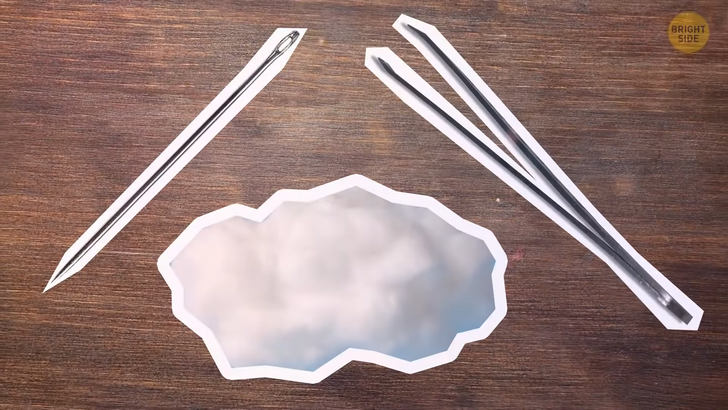
There are also spit inspectors. These people, also known as nuisance detectors, catch and give fines to those who litter or spit in public.
One more profession you aren’t likely to meet elsewhere else is an ear cleaner. The procedure of removing ear wax requires some traditional instruments — they don’t use the Q-tips we’re so used to. Their instruments are a steel needle, some cotton, and a pincer. Yikes.
The ear cleaner rolls some cotton around the needle, so it looks like a Q-tip and the clients have their ears cleaned. Ear cleaners usually can be found somewhere in the city center, around monuments, or at a local market. This profession is rare and exotic in today’s India, but it used to be quite common.
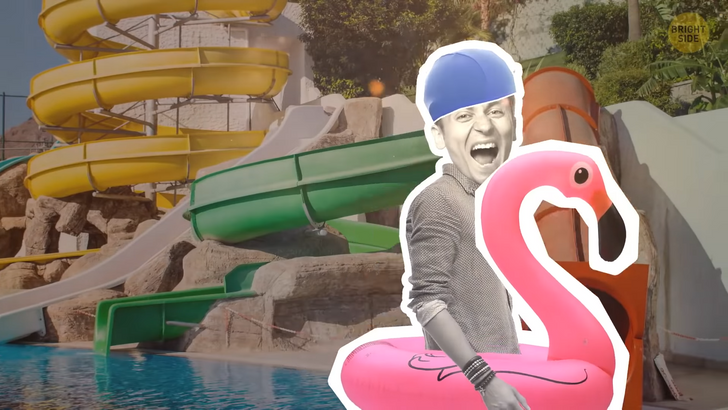
In this country, your dream may come true, and you’ll get paid for sliding down a waterslide. The profession’s called waterslide tester and these people have to control if the slides are both safe and fun. Usually, these people work in various hotels and spend most of their time on planes, traveling from one resort to another.
There’s a village where locals have no locks on doors. Not a single house there has one, even public toilets have no locks or doors — only a curtain. Thank you. It might seem somewhat reckless, but in fact, it’s one of the safest places out there. The locals lean a wooden stick against the door just to keep the stray dogs out of their houses.
The only police station opened there only in 2015 — and still, there are no complaints. Even the local bank has no lock — it’s officially the only bank in the world that’s never locked. When the locals are out of town, they don’t ask the neighbors to look after their houses, and they’re not afraid to leave valuables, money, and jewelry without hiding them.
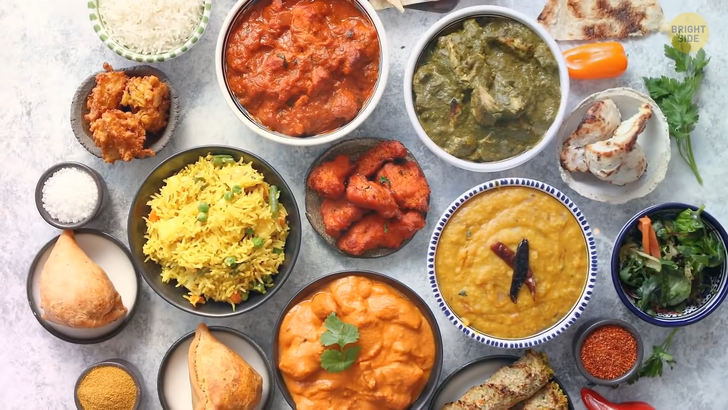
Vegetarian dishes are quite popular in India — between 15% and 30% of the whole country’s population are vegetarian. Some people tend to eat fish only and never eat any land animals. Many large food chains famous for yummy meat dishes even provide a whole new vegetarian menu for India.
Cutlery isn’t really required for many traditional Indian dishes. They say that mouth-watering curry even tastes better if eaten with the fingers! I would assume that you’d want to eat the fingers separately, but hey, just thinking out loud here.
There’s also a wide range of crazy traditional dishes, but there’s one called... OK let’s just put it on the screen, thanks. It’s made from potatoes, which are pretty common for Indian food. The exotic part is that the potatoes in the dish are actually extra old — even more, they’re rotten. And there’s a bunch of traditional spices. It’s just a side dish, you’ll need to choose the main course. Samosas are another traditional Indian dish made of potatoes — they’re dip-fried and look like dumplings — and they’re both a side dish and a main course.

If you love sugar, don’t forget to thank India for it. It was first extracted and refined there about 2,500 years ago. Then the Chinese picked up the technique, and then it spread all over the world.
Another thing you should be grateful to India for is shampoo. The very first version was made from dried herbs, some extracts and water. Soapberries and soap nuts were widespread in India, so this component was a perfect match for the shampoo formula. It’s probably because of the right shampoos that most Indians have absolutely stunning hair and cool hairstyles!
By the way, in India, it’s possible to cut clients’ hair with... fire. It’s not that widespread, though — only one barber is said to do it. First, they sprinkle the hair with some flammable powder, then they light it up and literally set the hair on fire. While the hair’s burning, the stylist creates the right shape with the help of 2 combs. He says the fire helps fix the hair right. He also claims to have at least 15 clients each day who come to get this very cut. He sure makes it look like it’s a “singe” to do.
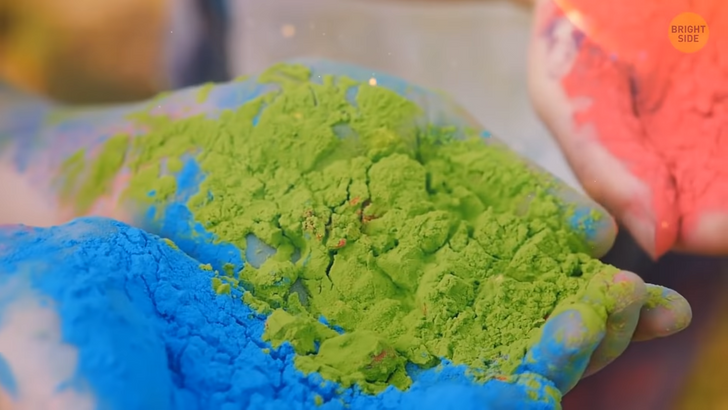
If you like holidays, India is THE destination for you. Indians have about 1,000 various festivals and events — sometimes, people even celebrate the first hair cutting or who knows, hair burning! All of the local celebrations are totally worth seeing.
Holi is the festival of colors and people consider it to mark the beginning of spring — it starts at the end of February and finishes in March. It involves the famous powder throwing, so don’t wear that brand-new white shirt to the festival.
Diwali is the celebration of lights that lasts 5 days. People give gifts to each other, usually sweets, and light thousands of candles and oil lamps. No other country in the world has that many celebrations.
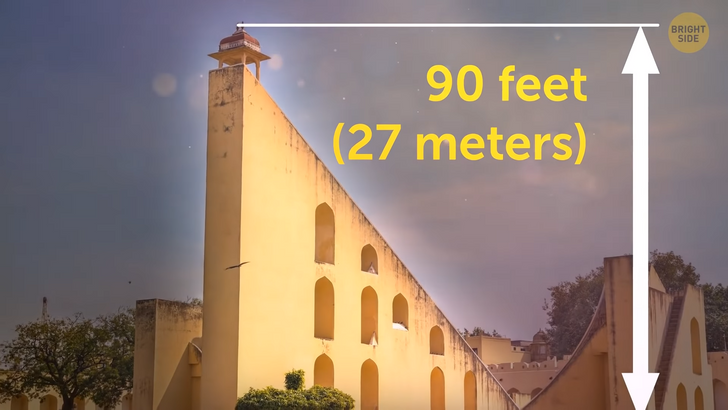
India holds a lot of world records too! The largest sundial in the world is located in the town of Jaipur. It’s a tower 90 feet (27 meters) tall. It’s made of polished stone and looks like an architectural masterpiece. The shadow of this sundial moves at about 2.5 inches (6 cm) per minute. You can see the time literally move there.
Another longest thing in India are... nails. According to the Guinness World Records, the longest fingernails ever belonged to an Indian man. They’re almost as long as a London double-decker. He cut them off back in 2018, but before, the total length of all his fingernails had reached 358 in.
There’s also a record for the quantity of movies produced per year. In 2018, 1,813 new movies were filmed in India. The quantity is so impressive that if you wanted to watch all the movies made in the country in 2018, and you watched a movie per day, you’d still be watching them in 2021.

North Sentinel Island, which is a part of India, is probably the world’s most remote place since nobody can visit it. Strangers aren’t welcome there: the locals are quite introverted and would always reject any contact from outside. No ship is allowed to come closer than 5 nautical miles, and special people always patrol the area. It’s one of the very few places in the world that has no modern civilization. Recently, the island’s been opened to researchers, but tourists still can’t visit it.
Several years ago, two frogs got married in one coastal town named Udupi. It was done to encourage the rainfall — it was too hot, over 120 °F! Both animals had unique outfits for this occasion, and the bride even had a toe ring. The two frogs were sent off on a honeymoon to Mannapalla and were released there. Sadly, each of these guys had to go their own way a couple of months later because the locals had to stop the downpour that started soon after their wedding somehow.
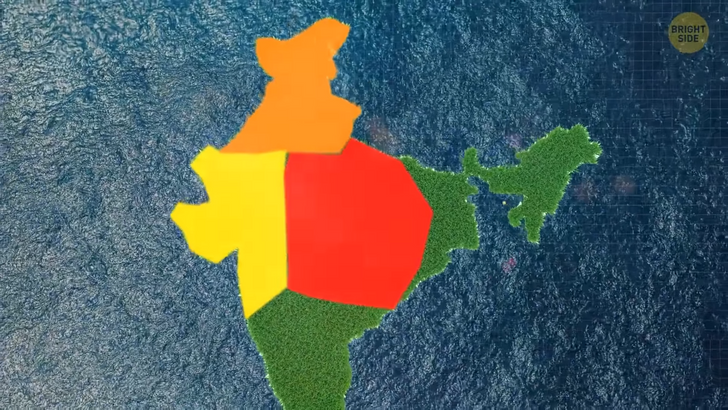
There are not four but six seasons overall here. According to the North, West and Central Indian calendars, Indian Spring is in March and April. Next comes summer, also known as Hot Season. It starts in May and finishes in June. It’s also one of the marriage seasons.
Next comes Monsoon aka Rainy season — it starts after the summer solstice, usually in July, and lasts throughout August. Next comes fall, which spreads from late September to mid-November. After fall, they have a pre-winter or simply cool season. The real winter, or cold season, starts in January and goes on until February. In fact, there are many other calendars in India, but all of them have 6 seasons, with slight differences.
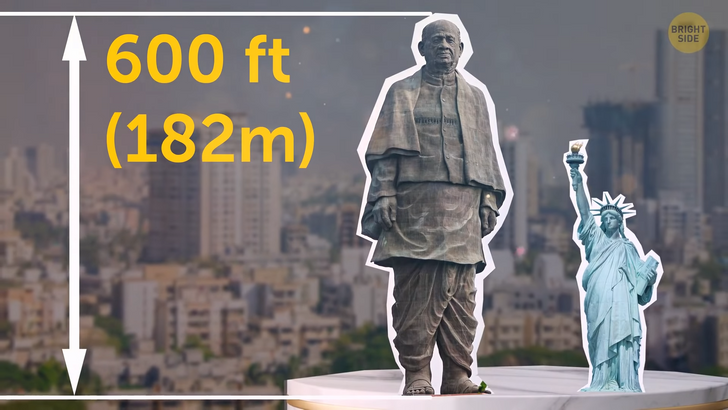
The Statue of Unity is actually twice as tall as the Statue of Liberty, reaching 600 ft (182 m)! It was opened to the public only about two years ago, back in 2018. The statue consists of 5 parts, but only 3 of them are accessible to visitors. The first part starts at the statue base and finishes at the shins. This zone has three levels and includes the exhibition area, a garden, and a museum.
The second part reaches up to the statue’s thighs. The third one has a viewing spot at a height of 500 ft. The fourth part is the maintenance area, and visitors can’t get there. Finally, the fifth one comprises the shoulders and head. In the first 11 days after its opening, almost 130,000 tourists came to see this colossal statue — it’s more than the population of the capital of Kansas, Topeka.
Apparently, a whole lot of people showed up “Topeka” at this statue. Yeah, pun intended.











